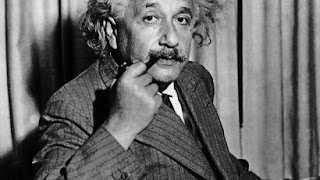Good leaders understand the value of
observation.
One of the underlying difficulties in understanding just how
effective leaders work is the depths one must go to observe. Casual observation of effective leadership
fails to take into account many aspects. Upon closer look, one would notice that
effective leaders tend to be very observant when it comes to personal
matters.
| Image Source: www.coachedtosuccess,com |
Good leaders know how to observe themselves work, be it by
introspection or through feedback from the people they lead. By knowing and observing what they see in
themselves, good leaders are aware of their own flaws and areas for improvement
and can work toward self-betterment in due course.
| Image Source: www.achievedstrategies.com |
Fortunately for many who strive for leadership positions, the inner
observer that is vital to the emotional development of a leader is present in
some form in all people. The task of
developing this inner observer falls to the person. Ways to accomplish this include, among others,
undergoing performance evaluations and remembering criteria for judging
performance.
| Image Source: www.quotations.com |
A clear understanding of oneself through one’s inner observer can
help a leader develop and grow emotionally, which in turn can help the leader
effectively guide and influence people to reach their common goals.

















